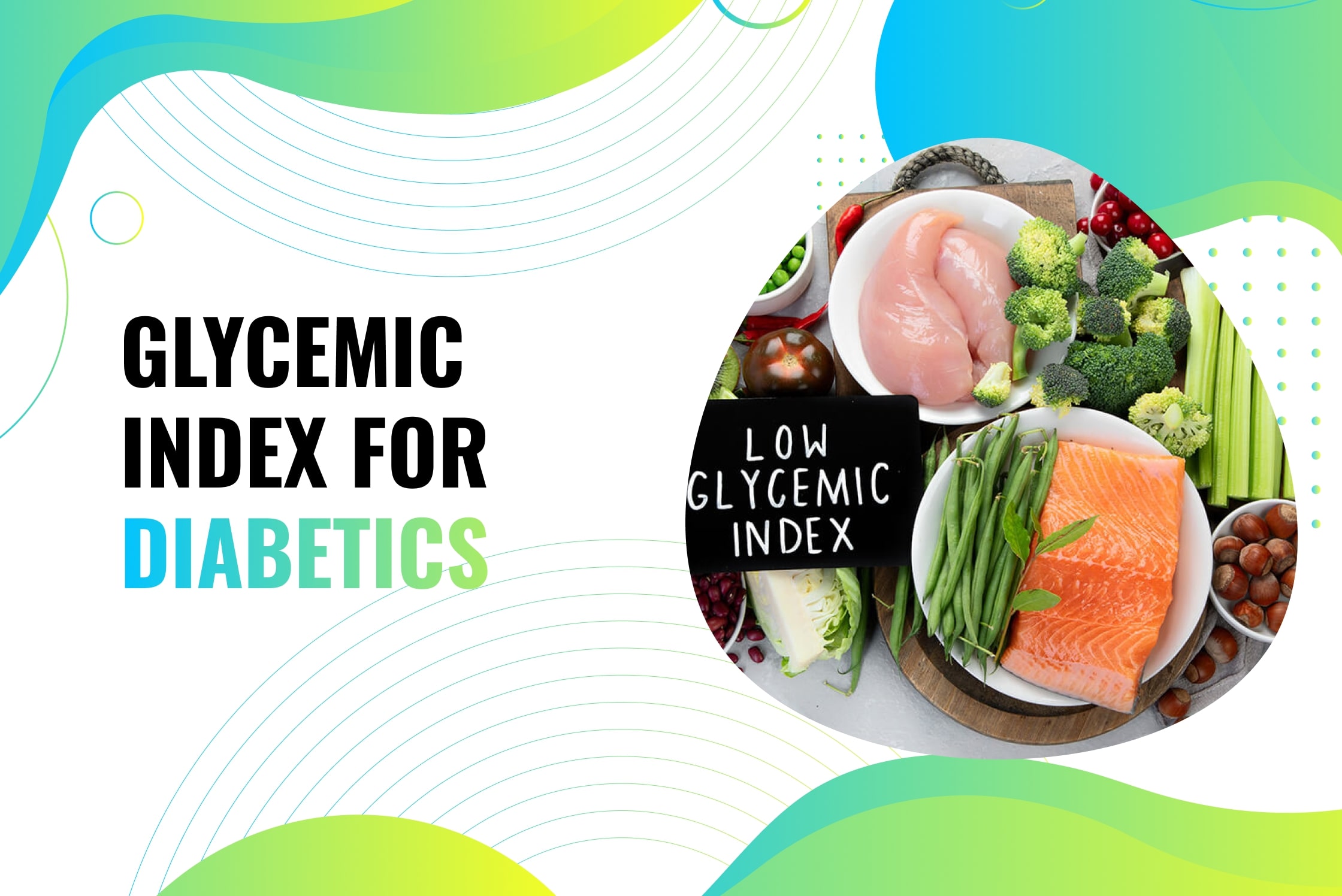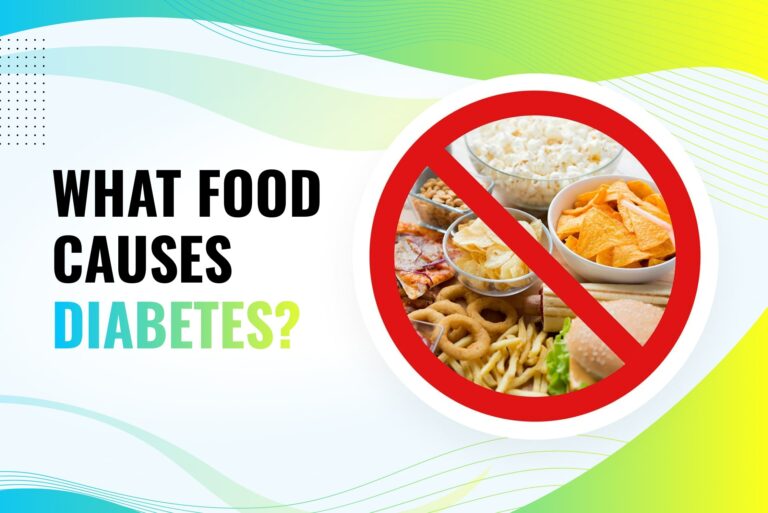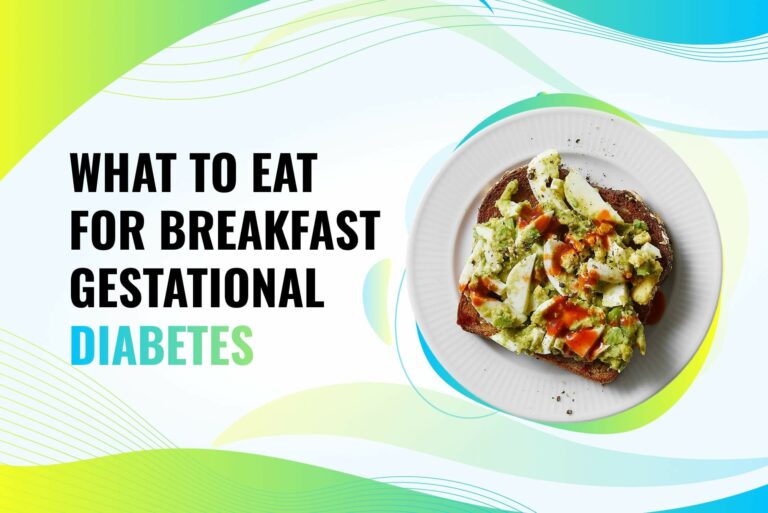Glycemic Index For Diabetics: Ultimate Guide
As a diabetic, it’s your duty to watch what you eat, right?
But how can you know what to eat and what not to eat all the time?
Thankfully, there’s the Glycemic index. So, what is it?
The glycemic index measures how rapidly a meal raises blood sugar levels. Foods having a lower glycemic index are desirable for diabetics since they generate slower and less dramatic rises in blood sugar. Following a low glycemic index diet has been demonstrated in studies to enhance blood glucose management and lower the risk of diabetic complications.
But how do you calculate and know the index of each food? Let’s find out.
What Is the Glycemic Index And Why Is It Important For Diabetics?
The Glycemic Index is a number assigned to foods depending on how quickly they raise blood glucose levels.
This measure is especially crucial for diabetics, who must regularly check their blood sugar levels.
High-glycemic meals, such as white bread or sugary drinks, induce a sharp increase in blood sugar levels, which can be problematic for diabetes.
Low-glycemic meals, on the other hand, such as whole grains and vegetables, are slowly broken down, resulting in a gradual rise in blood sugar levels.
Diabetics can better regulate their blood sugar levels and general health by learning the glycemic index and choosing foods with a lower index.
How To Calculate the Glycemic Index Of Foods?
It may appear difficult to calculate the glycemic index of meals, but it is actually pretty easy. This statistic compares how much a certain diet impacts blood sugar levels to pure glucose.
Simply divide the food’s glycemic load (the number of carbs in a serving) by the glycemic load of pure glucose, which is 100, to get the index. This will provide you with a number that indicates the effect of the food on blood sugar levels.
Meals with a high glycemic index produce blood sugar spikes and should be consumed in moderation, whereas meals with a low glycemic index cause a gradual rise in blood sugar levels and can help avoid diabetes and other health problems.
Knowing a food’s glycemic index might help you make more educated choices about what you eat and how it affects your body.
High-Glycemic Vs. Low-Glycemic Foods
Diabetics may make better meal choices that will help them control their diabetes and preserve their health by learning the glycemic index of different foods.
It’s essential to remember that everyone is different, and what works for one person may not work for another, so before making any radical changes to your diet, speak with a healthcare practitioner.
Having said that, we’ve included some samples of high and low-glycemic foods below.
Examples of High-Glycemic Foods:
- White bread (GI: 70)
- Potato chips (GI: 57)
- Watermelon (GI: 72)
- Rice cakes (GI: 82)
- Corn flakes (GI: 93)
- Mashed potatoes (GI: 75)
- Cookies/biscuits/cakes (average GI of 85–95 across brands and types)
- Bananas, ripe(GI : 62)
- Sugary drinks such as soda and fruit juice(GIs of around 60–70)
Examples of Low-Glycemic Foods:
- Lentils, boiled with salt added (GI: 25)
- Oats, instant oatmeal cooked in water or milk(GI: 55)
- Skinless chicken breast cooked without fat (GI : 0)
- Broccoli & cauliflower raw or lightly steamed (GI: 15)
- Lettuce, endive, celery, and cucumber. (GI: <10)
Common Misconceptions about the Glycemic Index
While many individuals understand the value of the glycemic index (GI) in diabetes management, there are various myths about this useful instrument. Here they are:
Myth #1: All carbohydrates have a high glycemic index
Contrary to common assumptions, not all carbs generate a sudden increase in blood sugar levels. Many complex carbs, including whole grains, fruits, and vegetables, have a low GI and are excellent alternatives for diabetics.
When choosing carbs, the GI is simply one thing to consider; the overall carbohydrate content and portion size of a product are equally important.
Myth #2: All Low-Glycemic Foods Are Healthy
While low-GI meals can assist regulate blood sugar levels, not all low-GI foods are always healthful. Ice cream, chocolate, and french fries, for example, have a low GI yet are heavy in calories, fat, and sugar.
To gain the best health advantages, it’s critical to focus on nutrient-dense, low-GI meals.
Myth #3: You must completely avoid high-glycemic foods
While it is advisable to restrict high-GI meals, they do not have to be avoided entirely. A sweet treat or a slice of white bread once in a while will not hurt you in the long run.
It all comes down to moderation and portion management.
Myth #4: The Glycemic Index tells you everything about the nutritional value of a food.
While the GI is an important tool for diabetes management, it does not offer an accurate picture of a food’s nutritional content.
Despite their high GI value, some high-GI foods, such as potatoes and watermelon, are abundant in fiber, vitamins, and minerals, making them nutrient-dense. It is critical to consider the full nutritional profile of food rather than simply the GI.
Myth #5: The Glycemic Index Is the Only Factor That Influences Blood Sugar Control
While the GI tract is crucial, it is not the sole aspect to consider while regulating blood sugar levels. Exercise, medicine, and stress can all have an impact on blood sugar levels.
Working with a healthcare expert to build a complete strategy that incorporates food, exercise, and medication management is critical.
To summarize, a glycemic index is a vital tool for diabetes management, but it’s critical to grasp the typical misunderstandings about it.
Diabetes patients may make educated diet and overall health decisions by concentrating on nutrient-dense, low-GI foods in moderation and consulting with a healthcare practitioner.
Conclusion
A glycemic index is a useful tool for diabetes management, but it’s crucial to grasp the typical misunderstandings about it.
Diabetes patients may make educated diet and overall health decisions by concentrating on nutrient-dense, low-GI foods in moderation and consulting with a healthcare practitioner.





